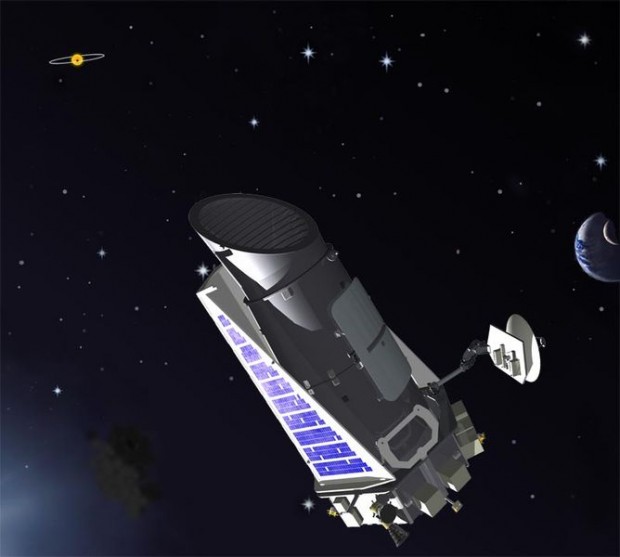A sad day for science, ladies and gentlemen, for the Kepler — a planet locating space telescope — journey has come to an end. At this point in its life, NASA is unable to restore full health to Kepler and has thus chosen to put it out of its misery. This doesn’t mean Kepler will power down, it’s just no longer fit to continue searching for planets beyond the stars.
Kepler is powered by 3 wheels, which are gyroscope-like devices that allow the planet finder to maintain its position in space. Furthermore, there’s a 4th wheel; however, it is kept as back in case one of the three wheels went out of commission. Inability to maintain position means would not be able to stay perfect still to monitor any particular areas in space.
We understand one of the wheels went rock bottom in July of 2012, right away the 4th wheel was activated, and everything was running super smooth again. Sadly for Kepler, another wheel went bust in May 11 of this year, bringing an end to Kepler’s planet finding duties.
Engineers did attempt to fix the two broken wheels; however, one of them possessed too much friction, which ultimately forced them to give up hope. But that doesn’t mean all is lost for Kepler, engineers are contemplating what can be done with Kepler’s two functioning wheels. Planet hunting is out of the question, but there are other space duties that do not require 3 function wheels.
“NASA may use a senior review to help us prioritize a two-wheel Kepler mission against the continued operation of other NASA astrophysics missions,” said Paul Hertz, director of NASA’s astrophysics division. “Only after weighing these considerations will NASA be in a position to make a decision on the future of Kepler operations.”
Kepler is a $600 million space telescope that was launched back in 2009. It’s purpose was to locate Earth-like planets that are capable of preserving life as we know it. Unfortunately, we have still yet to find aliens. Ashraf doesn’t count.
[via Space.com, image via Wikimedia Commons]

 Email article
Email article




